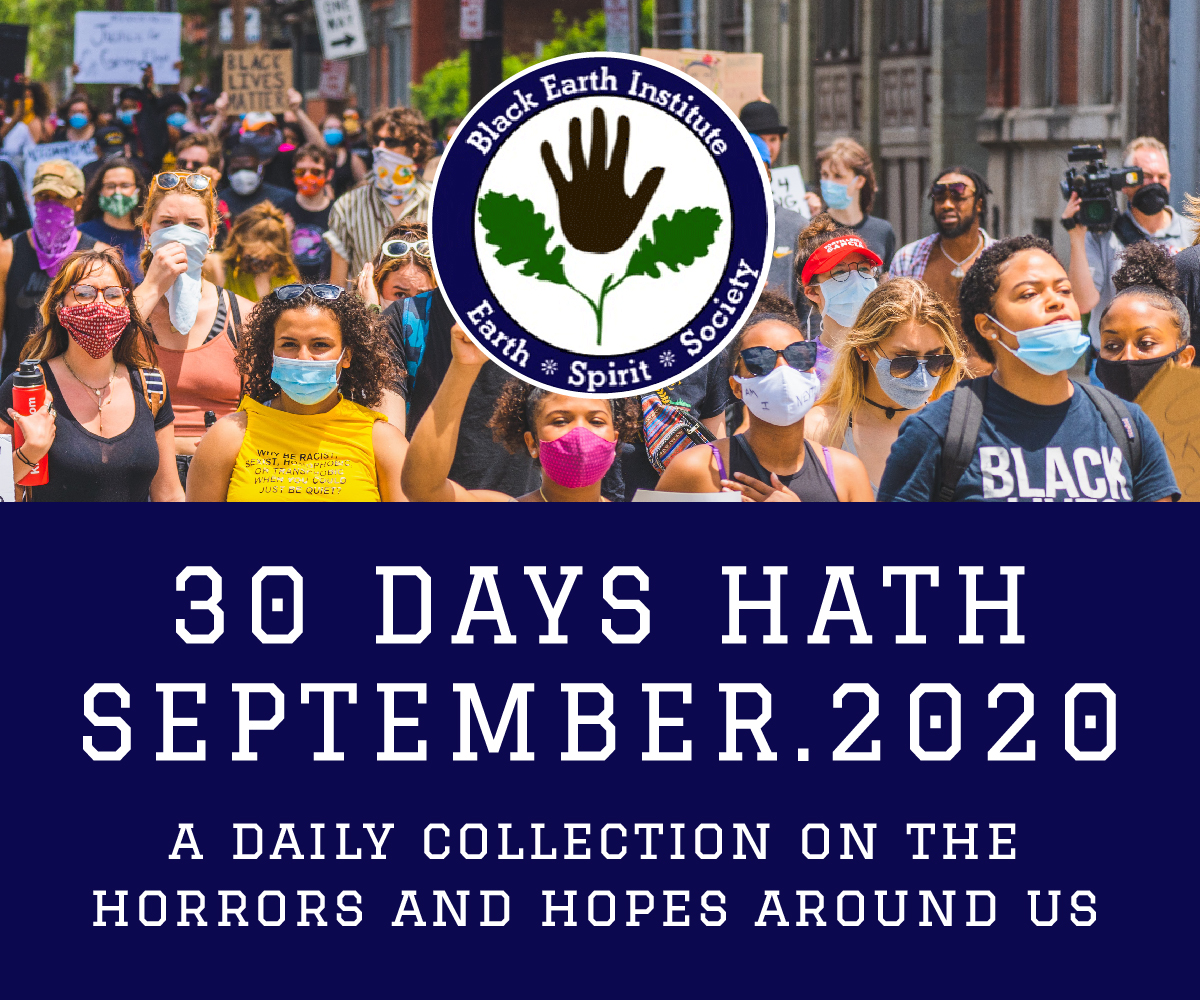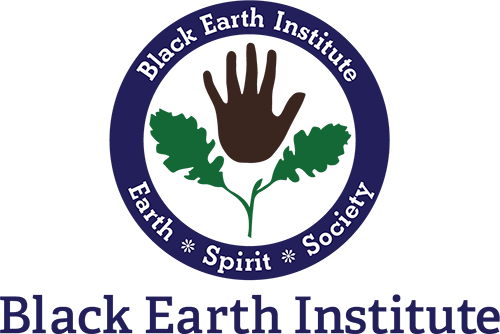
By Marcella Durand
An indigenous land acknowledgment made at the start of many poetry and performance events has continued into the Zoom era—with organizers and participants taking time to recognize traditional lands and those who steward them. During quarantine, I thought about the effect of these acknowledgements on me, a white woman who currently lives and who grew up in New York City. I realized, while listening to them, that I did not know, on a deep level, my “home”: Manhattan, Mannahatta, Manhahtaan, Lenapehoking, the Lenape homeland.
I grew up in lower Manhattan, and now live in the Lower East Side, specifically Corlears Hook. Corlears Hook is a small peninsula on the side of the East River and it is the source of the term “hookers,” thanks to its history as a “malarious slum” filled with “pirate gangs,” tenements, and prostitutes.[1] It lies in District 1, which has the highest diversity and lowest income below 125th Street, and these statistics are reflected in the city services, or lack thereof, that we receive. We are far from the subway and close to the highway; our asthma rates are high; our street trees are spindly; and our few schools underfunded and underappreciated.
Yesterday, a brown-belted bee flew onto my balcony and onto one of my anise hyssop flowers. It is still out there. I can’t tell whether it is asleep or dead, and it fell a couple of times before climbing onto the blossom. My balcony view includes a small playground/park maintained by our coop that does not contain a single flower useful to pollinators like this bee. My view also includes East River Park, slated to be completely bulldozed this fall to be replaced by what is basically a wall of landfill against hurricanes. Hundreds of mature trees and native plants will be replaced by the wall. Every day I take a walk in this doomed park, and every day I see: milkweed, sumac, anise hyssop, oaks, butterfly weed, bees, moths, butterflies, birds stopping for rest and food along their migrations. The trees attract and shelter them. Next year, the migratory birds will find pile drivers, bulldozers and dust.
Activists at at rallies to save the park have pointed out the city’s long history of exploitation and neglect of the Lower East Side. In front of the park’s historic ampitheatre, Zero Boy, a local performance artist, referred to a massacre of indigenous people in 1643 by Dutch merchant Willem Kleft on that very spot[2] (the “Massacre of Corlears Hook”). “Corlears” comes from Jacobus van Corlaer, a settler who is described in an online history of the area by the Lower East Side History Project as having “sold the land.”[3] Who “sold” it to Corlaer or how it was “sold” or what was “sold” is not so clear. The use of passive voice obscures the true nature of the transactions by which colonists wrenched the land away from its traditional inhabitants. I notice the use of passive voice in the emails I receive back from various NYC representatives when I write to them about the park’s upcoming destruction: “[T]here are plans in the works for the lumber from the trees that are being removed to be repurposed and incorporated into the infrastructure of the restored park.” So let me get this straight: the live oak tree in which I saw both a hawk and a scarlet tanager will be transformed into a dead wood bench to support my ass while I suffocate. The city rep points out, in a somewhat chastising tone, that this plan is meant to protect the area against flooding, even though by killing all these oxygen-providing trees and greenery, they are adding to the root cause of the flooding. They do not know what it is like to grow up in a city with no trees: I do. And I know what it means when the history of the soil under the concrete is ignored.
I also know there were secrets where I grew up on the edges of Manhattan’s financial district—secrets that surfaced when a large construction project in 1991 uncovered the burial grounds of free and enslaved Africans just outside the wall of Wall Street[4]. Only a relatively small part of the burial grounds were saved after much community energy and protest[5], so I wonder if they actually extend to under our loft building a couple of blocks away on Broadway[6]. I thought about how our building often felt “haunted”—not in a ghostly way, but an unresolved-history way. One of two historic cast-iron buildings built in 1869 at the entrance to Thomas Street—a street famous for the gruesome murder of Helen Jewett[7]—the building had an odd sense of absence. Just before they were due to be landmarked, one of the twins had been torn down to be replaced by a two-story Chock Full o’ Nuts, which was then replaced by a McDonald’s, whose timeless blandness is impressive. Perhaps there was lingering grief in the air for that missing cast-iron twin, or for the former textile workers who had left their spools, antique cash registers, spirals of wire, and dark hairy oil stains on the floor (being starving artists, we left them too; I didn’t know what it was to walk on a floor without shoes on until I went to college). We were often scared at night: cast-iron buildings make fierce conduits for fire, and our still-commercially zoned neighborhood had no amenities such as grocery stores, parks, schools, firehouses or police stations. All that came later with the gentrification rush of the 1980s—so I also think about how we were so unaware that we were the “first wave” of gentrification. We did not know our own history, nor the history of the ground beneath our feet.
Instead, there were mentions of artifacts or “faces” in caves in Staten Island or Inwood Park. And there was Alan Sonfist’s “Time Landscape” piece in Greenwich Village, meant to look like what precolonial Manhattan looked like[8]. Chilean artist and poet Cecilia Vicuña poured milk on Bogotá’s sidewalk in her 1979 piece, “A Glass of Milk.” [9]Similarly, we could pour water on New York’s sidewalks to trace the land’s ancient contours that, under all of the concrete, still turn toward the Hudson and East Rivers. The poet Jack Collom writes of how the flow of water is simultaneously the most ephemeral and eternal process[10]. The river water may hold sewage, cigarette butts, antifreeze, shopping carts, PCBs, even bubonic plague, but it still flows in the same deep patterns.
I’m learning that Corlears Hook was inhabited by the Mareckawick group of Canarsee or Canarsie. According to Evan Pritchard, a descendant of the Micmac people and founder of The Center for Algonquin Culture, the Canarsie people lived there since 1300. The Canarsie people called it “narrioch,” or “point of land.” The Mareckawick are described by the Lower East Side History Project as “claiming ownership to most of the islands in the East River,” but “claiming ownership” sounds like colonial vocabulary—an attempt to translate a concept of living—of inhabiting—that was otherwise basically incomprehensible to transaction-minded colonists. So I will begin by acknowledging the Canarsie and I will acknowledge how they were massacred and their land was taken and how, now, land is still seen as commodity in the same system that, like milk poured on concrete, continues to reveal show basic contours of exploitation and extraction.
During quarantine, dependent on East River Park for access to sky, trees and air, and frustrated at dealing with an uncaring city administration, I am desperate to keep learning how the deep histories of this city, and the country around it, ring, ripple, contort the present and future. The echoes need to be heard and acknowledged. The indigenous land acknowledgement needs never to be rote, nor virtue-signaling, nor easy, nor static. The indigenous land acknowledgment needs to be uncomfortable, necessary, evolving, an opening to learn and change. All of us with our asses on dead wood and plastic need to wake up now before all of the life around us is broiled away, burnt, flooded, bulldozed ahead of the devastation. We are the center of the spiral, where everything collides.
Thank you to Evan Pritchard for his input for this piece. and to Mary Newell for connecting us. I also thank the Abrons Art Center and Emily Johnson, whose indigenous land acknowledgement served as an inspiration and model to me. Thank you also to E.J. McAdams, for pointing me to the Mannahatta Fund.
“Indigenous Land Acknowledgement,” Abrons Art Center, https://www.abronsartscenter.org/about/
For more about land acknowledgments in New York City, visit The Lenape Center, https://thelenapecenter.com, and also the “Guide to Indigenous Land Acknowledgement” from the Native Governance Center at https://nativegov.org/a-guide-to-indigenous-land-acknowledgment/. To pay back what the Mannahatta Fund describes as a “shady settler real estate deal,” go to https://mannahattafund.org to set up a monthly gift.
To learn more about the plan to destroy East River Park, visit https://eastriverparkaction.org
Notes
[1] “Corlears Hook: A Malarious Slum,” Lower East Side History Project, https://www.leshp.org/blog/corlears-hook-malarious-slum/
[2] “East River Park activists call on Cuomo to block resiliency project,” The Village Sun, August 31, 2020, https://thevillagesun.com/east-river-park-activists-call-on-cuomo-to-block-project
[3] “A Malarious Slum,” Lower East Side History Project
[4] African Burial Ground, https://www.nps.gov/afbg/index.htm
[5] The African Burial Ground, Black New York, https://macaulay.cuny.edu/seminars/henken08/articles/t/h/e/The_African_Burial_Ground_413d.html
[6] Shaded area indicates possible extent of African Burial Ground, https://macaulay.cuny.edu/seminars/henken08/images/f/fd/ABGMAP.jpg
[7] The story of Helen Jewett is fascinating—and resonant today for how wealthy, privileged men got—and continue to get—away with murder. https://www.publishersweekly.com/978-0-679-41291-5
[8] “The Origins of Manhattan’s Tiny Plot of Precolonial Terrain,” https://hyperallergic.com/337906/time-landscape-alan-sonfist/
[9] Cecilia Vicuña, “A Glass of Milk,” Quipoem, translated by Esther Allen, University Press of New England/Wesleyan University Press, 1997
[10] Jack Collom, “7-25-70,” Red Car Goes By: Selected Poems 1955-2000, Tuumba Press, 2001

